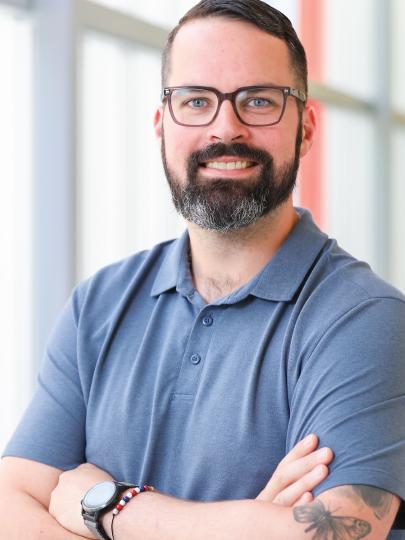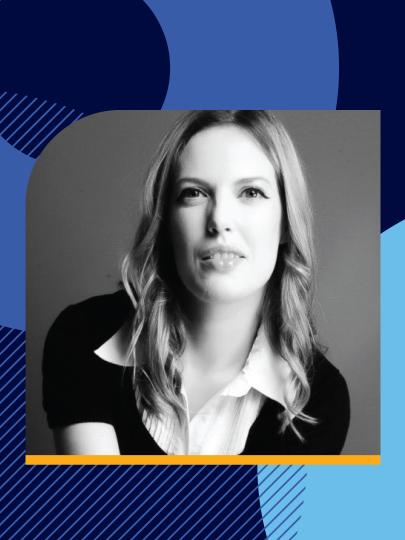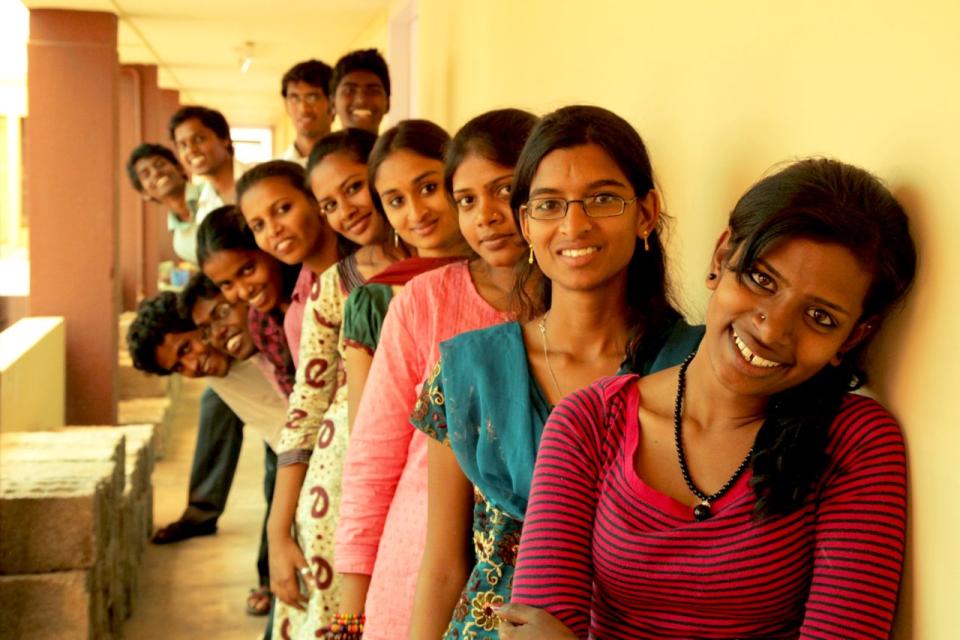Caste Against Type
I’m in India, in the dining hall of a school in the middle of rural nowhere. The school is for children from the lowest caste, the former “untouchables,” but the only reason I know this is from reading about the school a couple of months earlier, after my sister came across it on a random Google search. We’d been hunting for quality volunteer opportunities in India (surprisingly difficult to find) and Shanti Bhavan School in rural Tamil Nadu stood out. Now here we are, my sister and I, an aspiring teacher and a Vancouver‑based filmmaker.
In person, we find the students to be charming individuals with big dreams. They range from preschool to 10th grade and aspire to be everything from astronauts through to nuclear physicists. Caste and class discrimination have no place in this environment, for all their continued presence in the slums and rural villages the students call home. The goal of Shanti Bhavan School is to provide the highest level of education to children from the poorest of poor backgrounds, those designated by the government as belonging to “backward classes.” South Indian‑raised entrepreneur Dr. Abraham George founded the school in 1997, seeing quality education as key to empowering the destitute and breaking entrenched cycles of socio‑economic disadvantage. The school is an embodiment of the American Dream, but this is a truth only driven home to me today, in the dining hall, toward the end of my stay at the school.
For weeks the school has been on collective tenterhooks. The oldest students, the 10th graders, have been preparing to write the national 10th grade exams. Educated at Shanti Bhavan since preschool, they will be the first of the school’s students to face nationally standardized exams. How they do will help prove or disprove the main hypothesis of the school – that given the opportunity, any child can succeed. The school is tense with anticipation, and the 10th graders have been isolated from the other students to allow them to concentrate.
Today is the first day of exams, and the 10th graders have already filed nervously into the exam hall. The rest of the school carries on with their morning. It is lunchtime when the exam finishes, and I am standing at the entrance to the dining hall when the 10th graders start coming in all at once. I’m not sure who spots them first, but the reaction is instantaneous. Everyone rises from their meal as one, bursting into a spontaneous standing ovation that includes the entire school, from preschoolers to kitchen staff. The shared selfless joy at the accomplishment and potential embodied within the 10th graders almost overpowers me. It is a revelatory experience. It isn’t until this precise moment that I fully realize what it means to have access to quality education, and the doors it can open.
My sister and I carry on with our travels, but in the back of my mind the Shanti Bhavan experience stays with me. I decide that one day I will write a fiction film set there (after all, narrative fiction‑filmmaking is what I have training in). In the meantime, I meet more and more families all over the world who are bending over backwards to provide their children with a level of education I’ve received and taken for granted. It makes me think about what I’m doing with this education I have, which is worth such sacrifice to so many families.
The global economic crisis hits in 2008 and Dr. George (the main financier of Shanti Bhavan School) suffers huge losses. It looks like the school is going to close. The students with whom I was recently studying geography and reading Macbeth will go back to their families, to communities where stone‑breaking and housecleaning for pitifully minimal wages is the norm. I don’t feel capable of singlehandedly taking on fundraising or other similar missions, but I have trained in filmmaking and I like to think of myself as a storyteller. We had an amazing documentary professor at UBC, Academy‑Award winning director John Zaritsky, and there is a real‑life story happening at this school on the opposite side of the world that is way better than anything I could ever write. The former 10th graders, who did exceptionally well on those initial exams, are now heading into 12th grade. Given the school’s current financial status, they may or may not be the last class of the school to do so. Whether they graduate on to college or not will determine many fates. It is a story that is happening now, and a story which may no longer exist a year from now.
Madeleine Grant: there is a real‑life story happening at this school on the opposite side of the world that is way better than anything I could ever write.
I pitch the idea of a documentary to Shanti Bhavan’s director of Operations in New York and then – upon return to Vancouver – to a variety of funding organizations and colleagues in the film industry. I continue to develop the proposal even as I work full‑time in the art department on other Vancouver‑based TV and film productions. The story is overwhelmingly acknowledged as having promise, but the fact that I am a first‑time feature filmmaker is an obstacle. I am encouraged to shoot something short to begin with, and bring it back to potential financiers for approval and hopefully support. I set out to India with two UBC film production grads as my crew, the extremely talented Mike Rae (BA’05, cinematographer) and Greg Ng (BA’05, sound‑person/editor), with the intent of coming back in six weeks. Five weeks in, the Indian government changes its visa regulations and I have a choice: either leave with the possibility that I might not be allowed back in the country in time to complete filming on the documentary, or stay on and shoot the whole thing on a shoestring budget.
Due to prior commitments, my filmmaking team has to go back to Canada, and they do. I do not. I find myself in the corner of the school field, the only patch of campus with cell phone reception (one bar), on the phone with my producing partner Jessica Cheung, BA’06. Jessica, also a UBC film production grad, goes into intense producer mode and calls anyone and everyone she knows. The pitch is simple, but demanding. We need a cinematographer who can come film in India for three months on a deferral basis, which essentially means three months of living with children at a school in a developing country with limited electricity, no Internet access, and no pay aside from flight and accommodation throughout the entire time. In addition to all this, they’d need to leave within the next two weeks.
The pitch is simple, but demanding. We need a cinematographer who can come film in India for three months on a deferral basis, which essentially means three months of living with children at a school in a developing country with limited electricity, no Internet access, and no pay aside from flight and accommodation.
Jessica’s top choice is Nathan Drillot, a Vancouver-based cinematographer with international work experience. She’s worked with him before. Nathan has a ton on his plate though, and initially declines. Within 24 hours he’s called her back, however; this is a story and opportunity he can’t let himself miss. Within 14 days he’s on his way to India, and I meet him for the first time at 3:00 am at the Bangalore airport. He integrates within the Shanti Bhavan community in no time, and his cinematography helps shape the entire look of the film. It is one of many serendipitous episodes that lead to the creation of the documentary The Backward Class.
We end up spending eight months in India, shooting at Shanti Bhavan school for the most part in 2009‑2010 and then again in 2012. UBC film production alumna Aynsley Baldwin is so inspired by the story she pays for her own flight to join the film crew in India as sound‑person, and ends up coming on board as editor once back in Vancouver.
The editing process is of epic proportions, spanning approximately three years (due in part to financing – or lack thereof). The entire project, which I’d estimated would take us two or three years in total, clocks in at approximately five years by the time we finally finish, three days before the documentary’s world premiere at North America’s biggest documentary festival, Hot Docs. We’re able to bring two of the students along to the screening, and we end up winning the Audience Award (top out of 197 films). The film goes on to win various other awards at festivals throughout Canada, and we end up getting theatrical distribution, a big deal for an independent Canadian documentary.
The Backward Class has played to acclaim in Toronto and Vancouver and continues to play at festivals nationally and internationally. It is an exciting time, and incredibly validating for our team of collaborators to know that audiences are connecting strongly with a story that we’ve believed in for so many years. As for the three students who’ve been to Canada to attend film screenings – each has said it is as though their own memories are up on screen, which is for me the ultimate accolade. I was fortunate enough to receive a world‑class education, and I’m excited to be able to share the stories of students who were able to receive the same.
After double‑sold out screenings at its opening weekend in Vancouver this April, The Backward Class will continue to screen in a variety of venues across Canada. It is also scheduled to play on BC’s Knowledge Network and TVOntario in 2016. Grant is working on facilitating international distribution opportunities, including theatrical screenings in the US.
For screening times, see the website and social media:

































